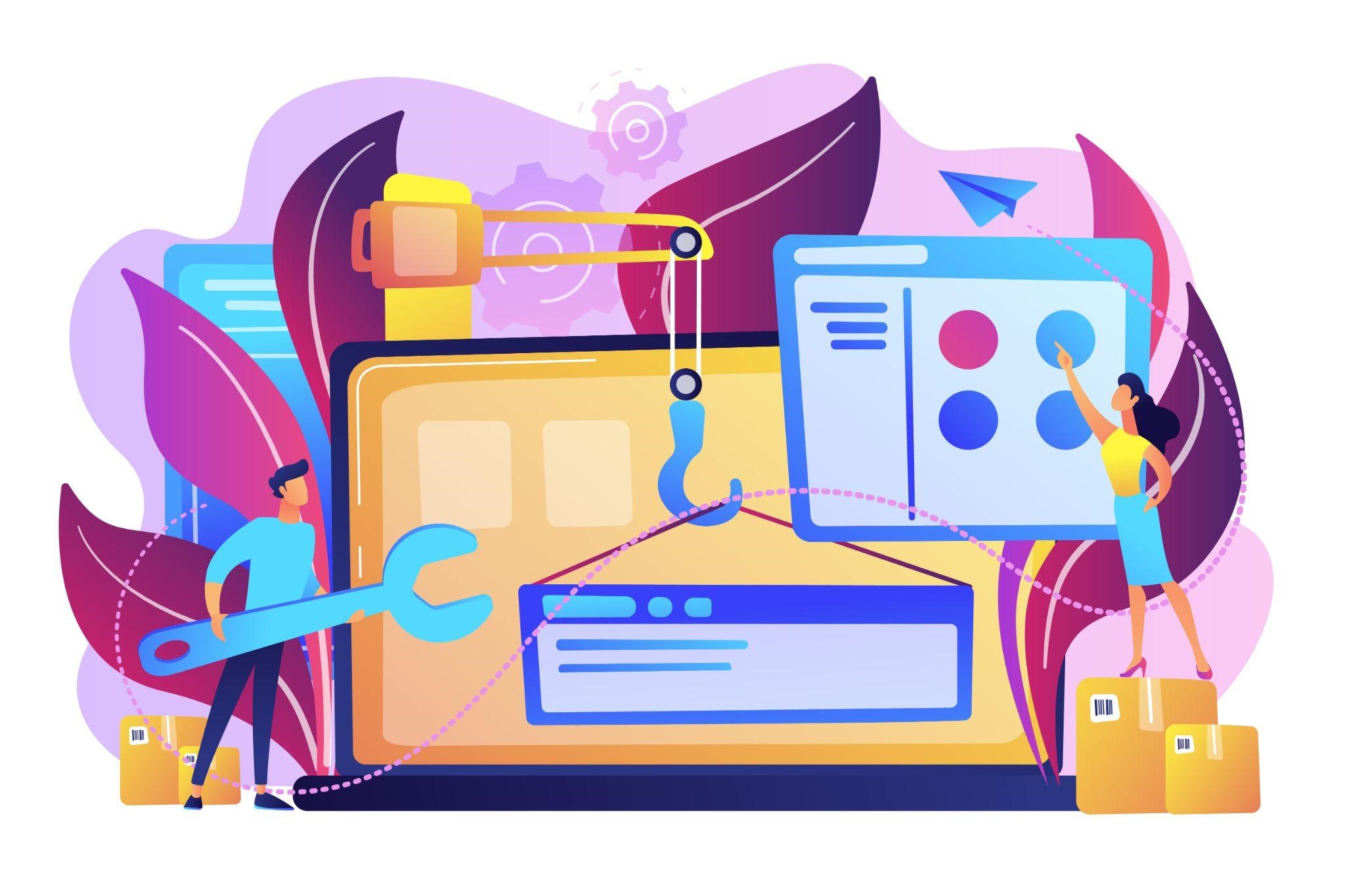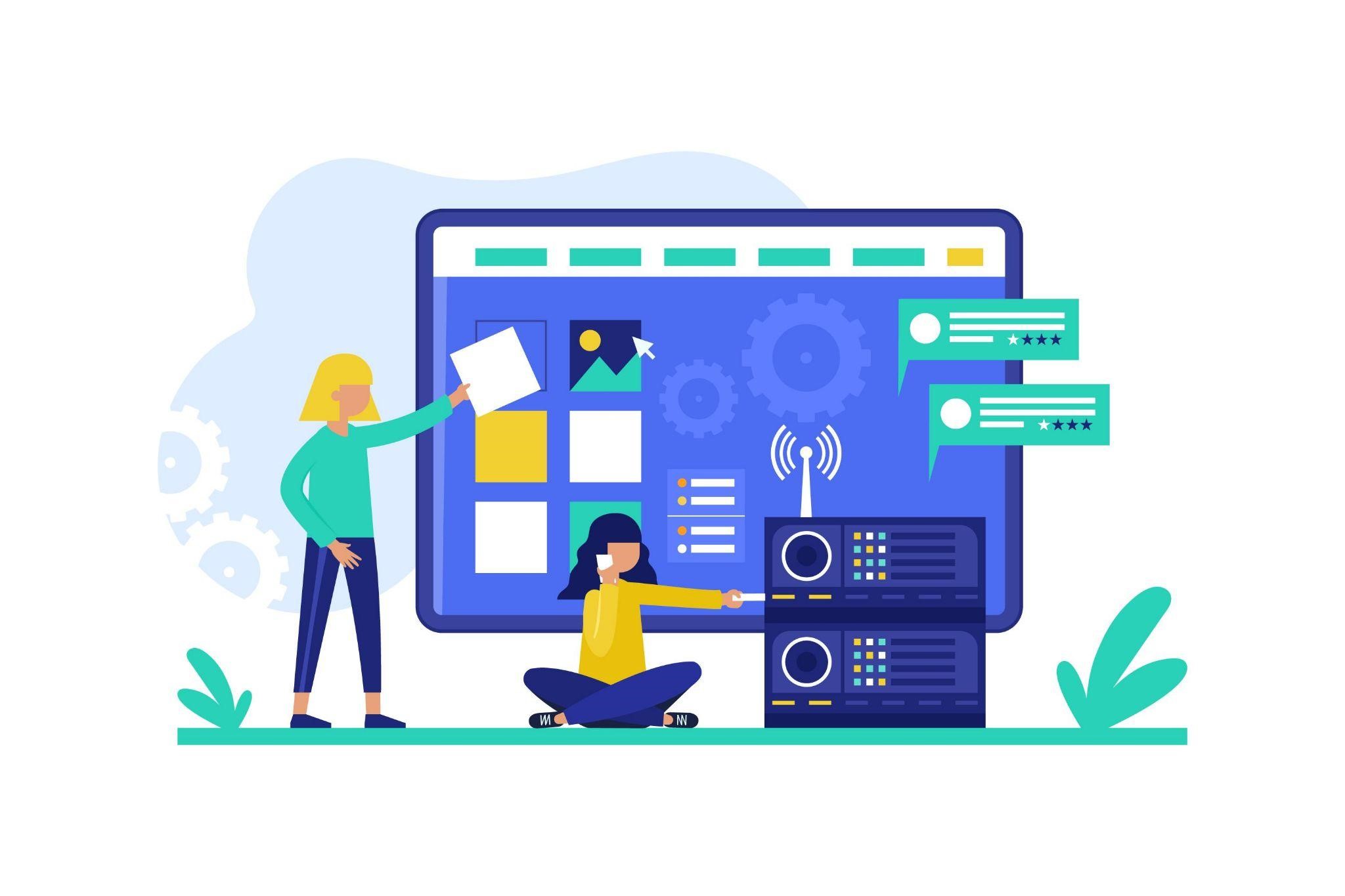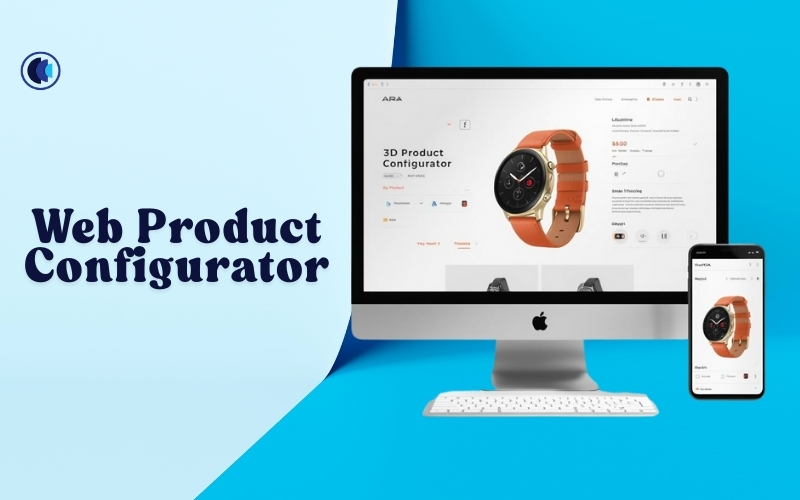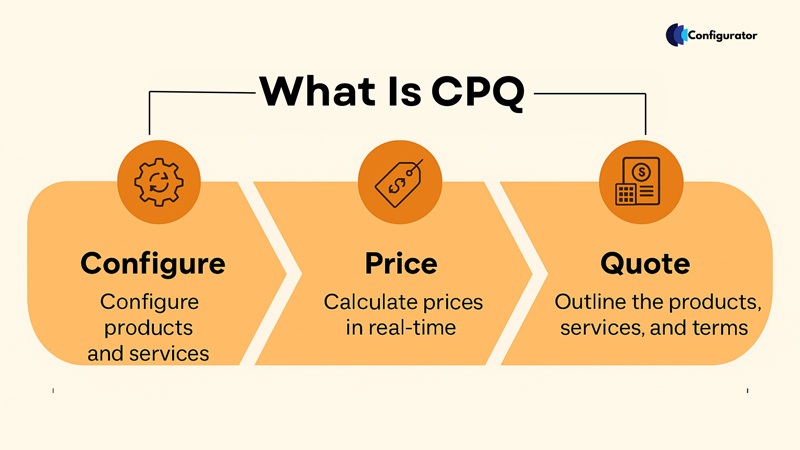In the present day the digital first world customers don’t just want products, they are looking for experiences, flexibility, and the ability to personalise items to fit their unique needs. This is where a web-based product configurator comes into play. From furniture and electronics to apparel and industrial tools configulators give buyers an interactive platform to design products in real time right on the website.
This technology is not a luxury anymore it has become a must have feature for companies which wish to stand out in competitive fields. We are going to look at what it is, how it works, and why it is the better way to go for customization.
What Is a Web-Based Product Configurator?
A web based product configurator is an online which allows customers to design products right on what is the company’s site. Instead of out of a set of pre determined options, buyers may:
- Adjust colors, materials, and sizes
- Add or remove product features
- Preview their changes in real time through 2D or 3D visuals
- Instantly see price updates based on their selections
Imagine we use a website custom product builder that allows customers to design their own products and at the same time reduces error and confusion in the purchase process.
Why Businesses Are Adopting Web-Based Configurators

Personalization is growing in demand and businesses require more intelligent ways to provide it. A web based configurator helps bridge the gap between customer expectations and efficient business operations. Key reasons businesses adopt configurators include:
- Enhanced Customer Engagement: Interactive visuals hold attention longer.
- Fewer Returns: The buyers can be certain of what they are getting.
- Upselling Opportunities: Recommend the purchase of an add-on and premium functionality as part of the customization process.
- Faster Sales Cycle: The customers become faster in deciding on purchases to check out.
Core Benefits of a Web-Based Product Configurator
1. Personalized Shopping Experience
Customers love having control. Having a website product configurator on the site, they are able to customize products to match their requirements, and the individualization of purchase makes it more personal and valuable.
2. Visual Accuracy
3D outlooks in real time enable customers to have an idea of the appearance of the product before ordering something. This reduces uncertainty and increases satisfaction.
3. Operational Efficiency
For companies that use web based product configurator software which reduces manual order errors, we also see it does a great job of cutting down on time spent clarifying issues and in addition the production team gets exact requirements.
4. Increased Conversion Rates
Interactive product pages do a great job of keeping users engaged, and that engaged visitors are very much more likely to complete a purchase.
5. Streamlined Upselling and Cross-Selling
A web configurator may put forth compatible accessories or higher end versions which in turn increases average order value.
How a Web-Based Product Configurator Works
While the interface may look simple to the customer, a website configurator relies on advanced technology. The backend connects product data, design rules, and pricing models. Here’s the typical workflow:
- Customer Selects Product: They start with a base model.
- Customization Options Appear: Options like material, color, or extra features are displayed.
- Real-Time Visualization: Each selection updates the product preview right away
- Dynamic Pricing: Costs adjust automatically based on features selected.
- Order Confirmation: The finalized design goes directly to the production or fulfillment team.
Types of Web-Based Product Configurators

Different industries use configurators in unique ways. Here are common types:
- Webshop Product Configurator: Ideal for e-commerce stores offering customizable consumer products.
- B2B Industrial Configurator: Industrial application of specifications to machinery, parts, and equipment.
- Website Custom Product Builder: This is used with lifestyle products such as clothes, footwear or accessories.
- Modular Configurator: Ideal with products where the components can be replaced like furniture or electronics.
Use Cases Across Industries
A web product configurator is versatile and adaptable. Here’s how it finds application across sectors
- Furniture: Select materials, color, size, and design.
- Fashion & Apparel: Bespoke sizes, designs, or designs tailored to the individual.
- Electronics: Choose storage, performance options or design.
- Automotive: Customize car options, tires, interiors and accessories.
- Industrial Equipment: Build complex tools or parts to exact specifications.
Must-Have Features in Web-Based Product Configurator Tools
As you choose which web based product configurator software to go with, look at what has the best results for your users and for your bottom line. Key features to look for include:
- 3D/AR Visualization for realistic product previews
- Mobile Compatibility for seamless use on any device
- Rule-Based Configurations to prevent incompatible selections
- Dynamic Pricing that updates instantly
- Integration with ERP/CRM for smooth backend operations
- Analytics Dashboard to track customer behavior and preferences
Customer Experience and Buying Confidence
One out of the best features of a website product configurator is the confidence it brings. As customers use the tool to see their product options play out, try different looks and see price points they are more to buy. It removes doubt, decreases cart abandonment, and in turn grows brand trust.
SEO and Digital Marketing Advantages

A website configurator doesn’t just improve customer satisfaction—it also strengthens SEO and digital marketing strategies. Benefits include:
- Longer Website Visits: Interactive tools keep users engaged.
- Lower Bounce Rates: More product options are visited.
- Higher Conversions: Participating users have a higher chance of purchasing.
- Content Opportunities: Shareable Product Image configurator creates the image of a product, and it assists in the promotion of the product via social media.
Challenges in Implementing Web-Based Configurators
While powerful, configurators do come with challenges:
- Complex Setup: Pricing, data, and rules integration might be complex.
- Initial Investment: Purchasing high-quality configurator software is an upfront expense.
- Performance Optimization: If not optimized, heavy imagery can cause websites to lag.
- Training Needs: Employees may need assistance with backend procedures.
Future of Web-Based Product Configurators
The outlook for product customization looks strong, with emerging trends such as:
- AI-Driven Personalization: Suggest designs, depending on user behavior.
- Data-Driven Insights: Product improvement through configurator analytics
- Augmented Reality (AR): Allowing customers to put virtual products in their own space.
- Voice Integration: Customization with voice activation to a hands-free experience.
There will be an ever-growing utilization of the webshop product configurator tools since businesses are shifting to a digital transformation.
How to Choose the Right Web-Based Product Configurator Software
- Define Your Needs: Determine what products and features to customize
- Check Compatibility:The compatibility of the software with your e-commerce is important.
- Focus on User Experience: Pay attention to simple design and quick speed.
- Scalability: Select a software that can expand with you.
- Vendor Support: Select vendors that provide quality support and updates.
Conclusion
A web-based product configurator is more than just a sales tool—it is a link between expectations of customers and company growth. Also, it fulfills the requirements of the user, increases the number of interactions and also enhances the overall online shopping experience by transforming it into a much smarter and interactive experience.
For a company to be able to compete in the current digital market, the need to use a website configurator or a website custom product builder is dire and is no longer optional. It is a move that is guaranteed to uplift customer experience, sales, and operational effectiveness, and also provide a tactical advantage over competitors.




